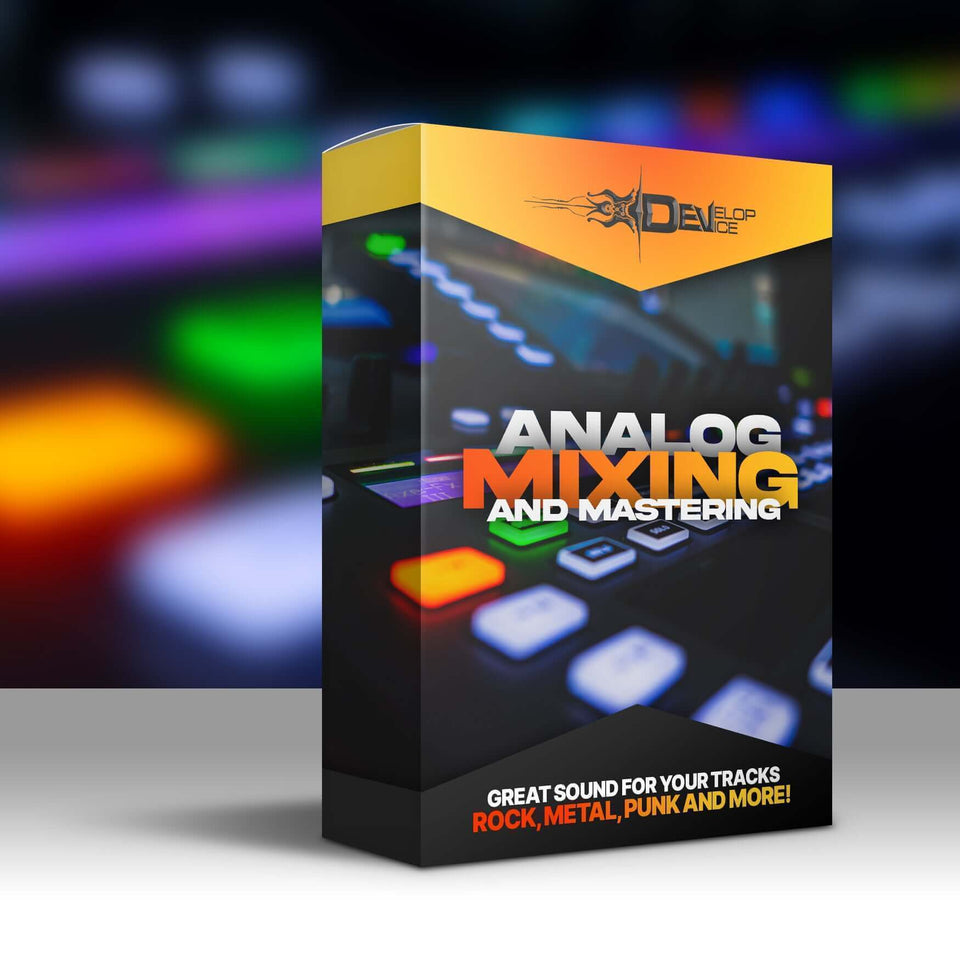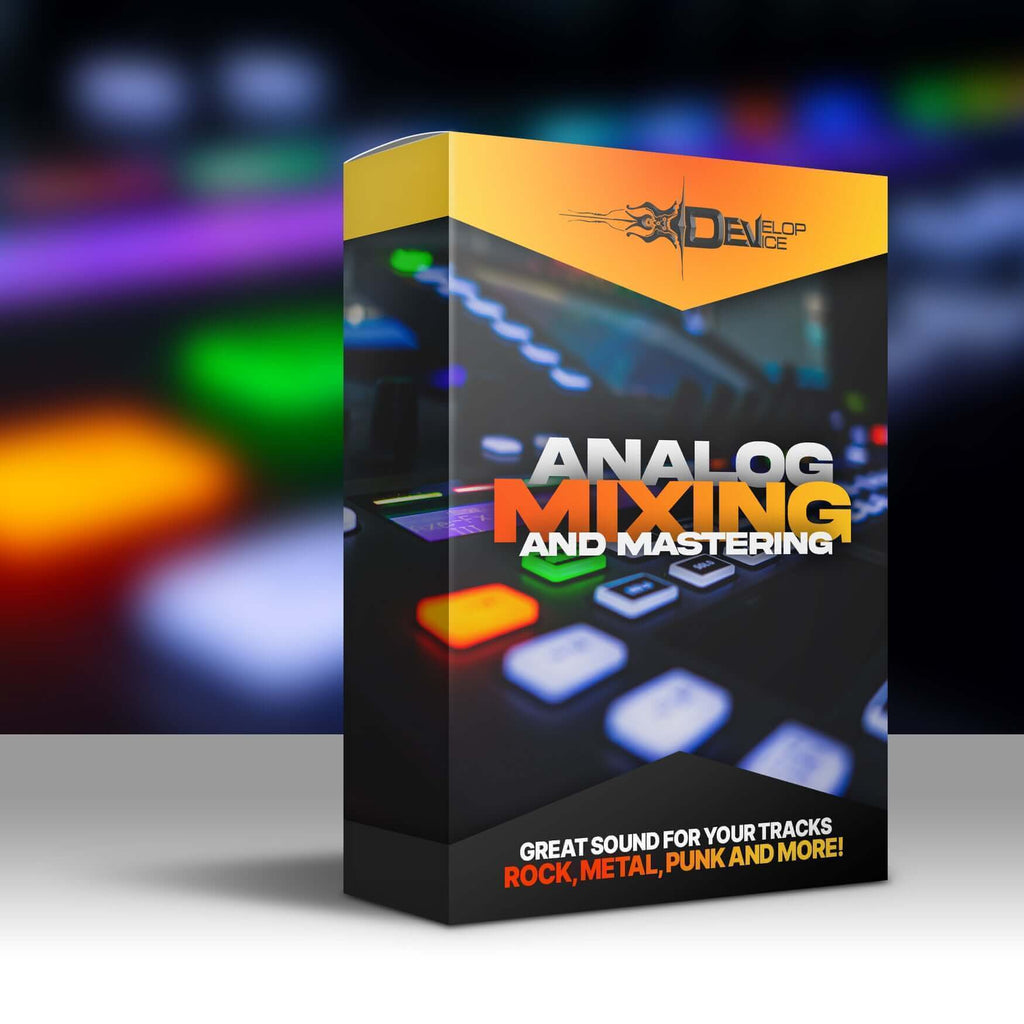Mastering in a Home Studio: Essential Approach, Tools, and Strategies

Mastering is often considered the final and perhaps most crucial step in music production, turning good mixes into great records. For many musicians and producers, mastering in a professional studio isn't always feasible due to budget constraints or tight schedules. Thankfully, advancements in technology have made mastering at home not just viable, but increasingly effective.
In this article, I'll explore a fundamental approach to mastering, the essential tools you'll need, and strategic techniques to produce high-quality masters directly from your home studio.
Understanding the Role of Mastering
Mastering is the final audio post-production step, enhancing your mix to sound polished, cohesive, and competitive across various playback systems. Its primary objectives include:
-
Enhancing overall clarity and detail.
-
Adjusting stereo imaging and spatial depth.
-
Ensuring consistent loudness and tonal balance.
-
Preparing audio for distribution, meeting industry loudness standards.
While professional mastering engineers use high-end analog gear and purpose-built acoustic spaces, home studio producers can achieve impressive results by carefully selecting tools and adopting thoughtful strategies.
Fundamental Approach to Home Mastering
1. Objective Listening Environment
Before diving into mastering, ensure your listening environment is optimized. Invest in acoustic treatment, including bass traps, absorbers, and diffusers. If professional acoustic treatment isn't possible, strategically placing bookshelves, carpets, and heavy curtains can significantly reduce problematic reflections.
Also, use reference tracks to familiarize yourself with how professional mixes sound in your environment. This helps train your ears and provides a sonic benchmark.
2. Consistent Monitoring Levels
Establishing consistent monitoring levels ensures your mastering decisions are reliable. The recommended monitoring level is approximately 75-85 dB SPL (Sound Pressure Level). Regularly checking your work at low and moderate volumes helps identify potential issues with dynamics and balance.
3. Reference Tracks
Always use commercial reference tracks similar to your project's genre and sonic goals. This helps you understand industry standards for loudness, balance, and frequency response.
Essential Mastering Tools for Home Studios
Equalizers (EQ)
EQ is fundamental to mastering, allowing adjustments to the tonal balance and clarity of your mix. Two types of EQs are essential:
-
Parametric EQ: Ideal for precise frequency adjustments.
-
Linear Phase EQ: Maintains phase integrity, crucial for mastering tasks.
Recommended plugins include FabFilter Pro-Q 4 and iZotope Ozone's EQ.
Compressors, Limiters, and Clippers
Compression, limiting, and clipping control dynamics and help achieve competitive loudness.
-
Bus Compressors: Glue your mix together, enhancing cohesion. SSL-style compressors like Waves SSL G-Master Buss Compressor work great.
-
Multiband Compressors: Control dynamics within specific frequency ranges. Plugins like FabFilter Pro-MB and Waves C6 are valuable.
-
Limiters: Ensure loudness and prevent clipping. Notable limiters include FabFilter Pro-L 2, iZotope Ozone Maximizer, and Sonnox Oxford Limiter.
-
Clippers: Allow precise loudness control by soft clipping transients to increase loudness transparently. Recommended plugins include StandardCLIP and Kazrog KClip.
Stereo Imaging Tools
Enhancing stereo width and depth gives your master a polished feel. Stereo imaging plugins like iZotope Ozone Imager or Waves S1 Stereo Imager allow careful adjustments without compromising mono compatibility.
Metering Plugins
Accurate metering is essential to meet modern loudness standards and technical requirements. Tools such as Youlean Loudness Meter, iZotope Insight, and Waves WLM Loudness Meter provide comprehensive visual feedback to ensure industry-standard loudness levels.
Strategic Mastering Workflow
Follow a structured workflow to maintain efficiency and clarity during mastering:
Step 1: Prepare Your Mix
Ensure your mix leaves ample headroom (around -6 dBFS peak). Avoid heavy compression or limiting on your master bus during mixing, giving you flexibility during mastering.
Step 2: Initial Listening and Analysis
Before processing, listen carefully and analyze your track with a frequency analyzer and loudness meter. Identify potential issues such as muddy lows, harsh highs, or uneven dynamics.
Step 3: EQ Corrections
Address frequency imbalances first with subtle EQ adjustments. Common corrections include:
-
Rolling off unnecessary low-end rumble below 30-40 Hz.
-
Reducing mud around 200-400 Hz.
-
Enhancing presence and clarity in the midrange (1-5 kHz).
Keep adjustments small—generally within ±3 dB.
Step 4: Dynamic Processing
Apply gentle bus compression to enhance cohesion. Typical settings include slow attack (10-30 ms), medium release (100-300 ms), and a subtle gain reduction of 1-3 dB.
Use multiband compression selectively to address dynamic inconsistencies across frequency bands.
Step 5: Stereo Enhancement
Widen your mix gently, focusing mainly on the mid-high frequencies. Be cautious not to over-widen bass frequencies, as this negatively affects mono playback.
Step 6: Loudness Maximization
Apply limiting carefully to achieve competitive loudness, generally aiming for:
-
Streaming platforms: Integrated loudness around -14 LUFS.
-
CD and downloads: -9 to -12 LUFS.
Always prioritize clarity and dynamic integrity over sheer loudness.
Step 7: Final Checks and Export
Check your master thoroughly:
-
Mono compatibility: Ensure the master sounds good in mono.
-
Headroom: Avoid clipping or distortion.
-
Reference comparisons: A/B with reference tracks again.
Export your mastered track in a lossless format (WAV, 24-bit, 44.1 kHz or higher).
Professional Mixing & Mastering Services
For professional-quality results and personalized support, consider my comprehensive mixing and mastering services at Develop Device Mixing & Mastering. Benefit from expert techniques tailored to elevate your music.










Leave a comment
All comments are moderated before being published.